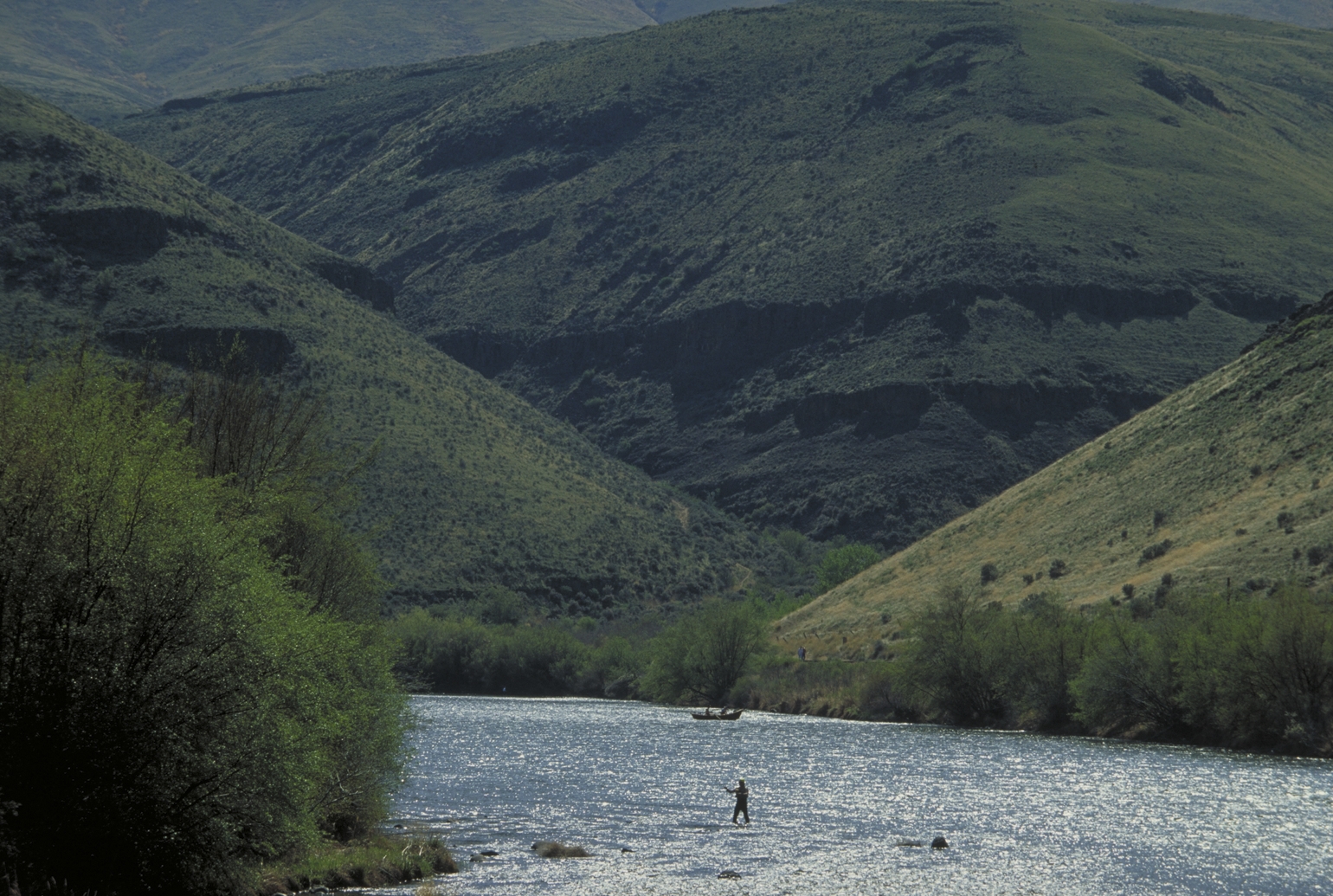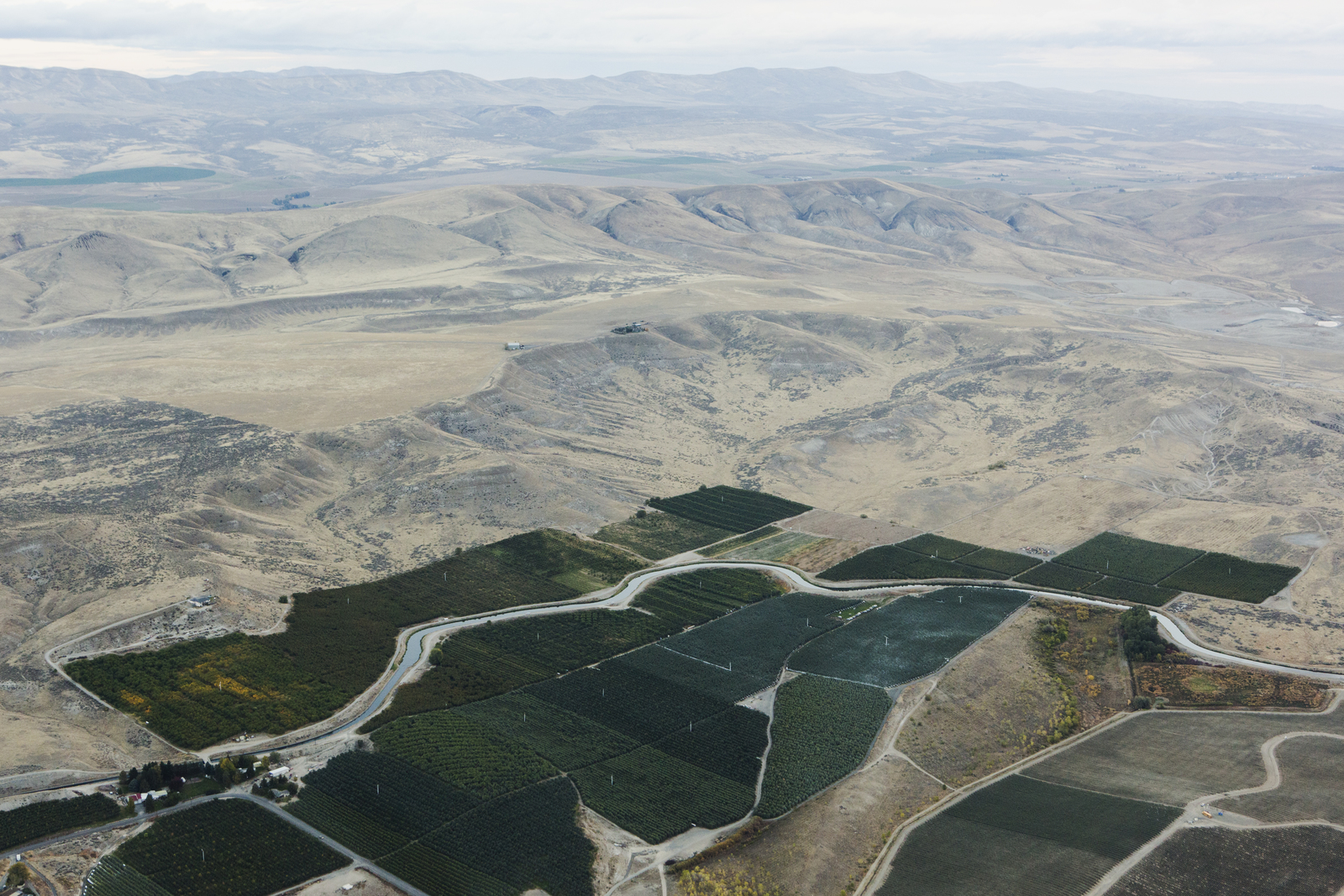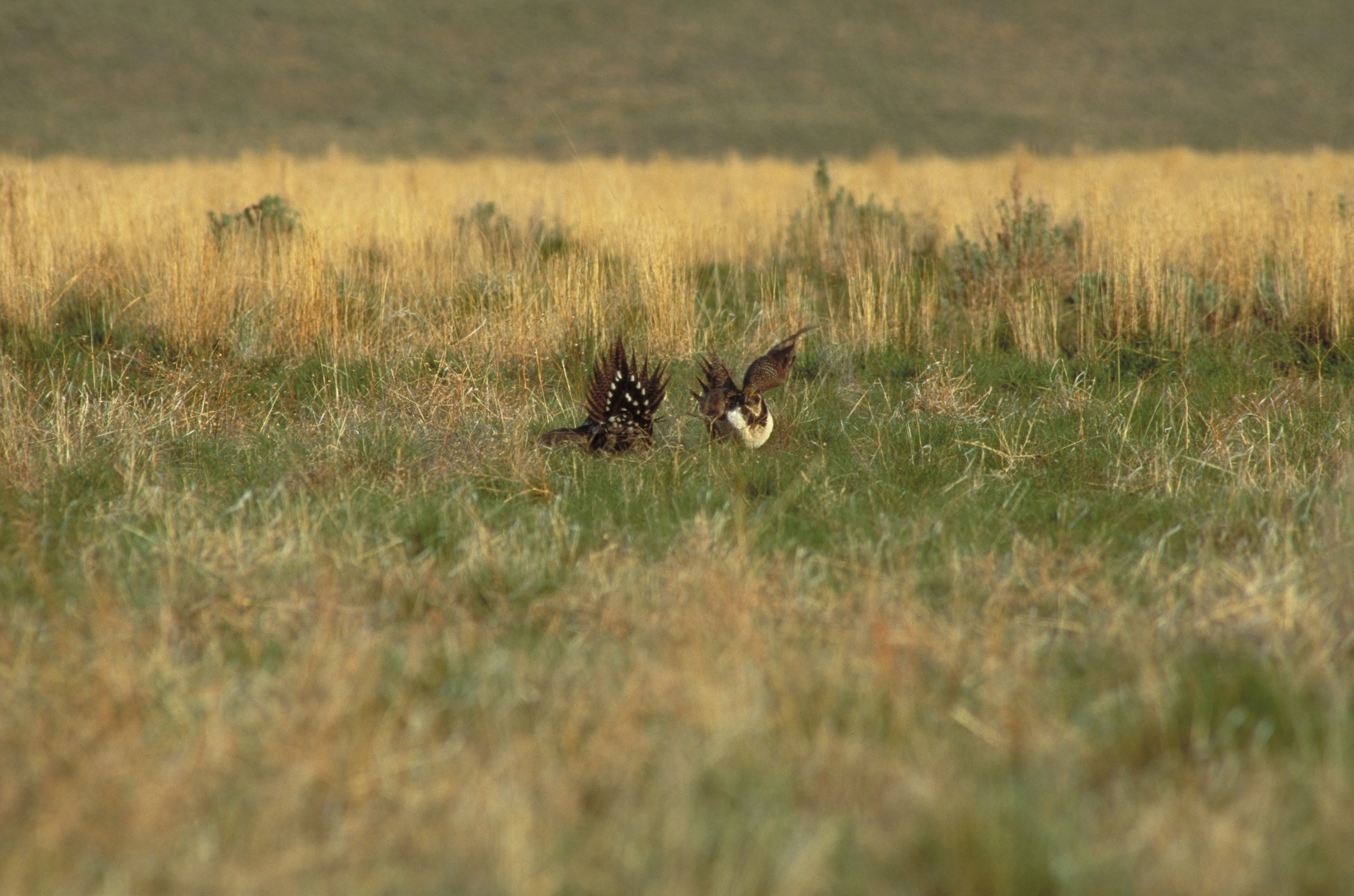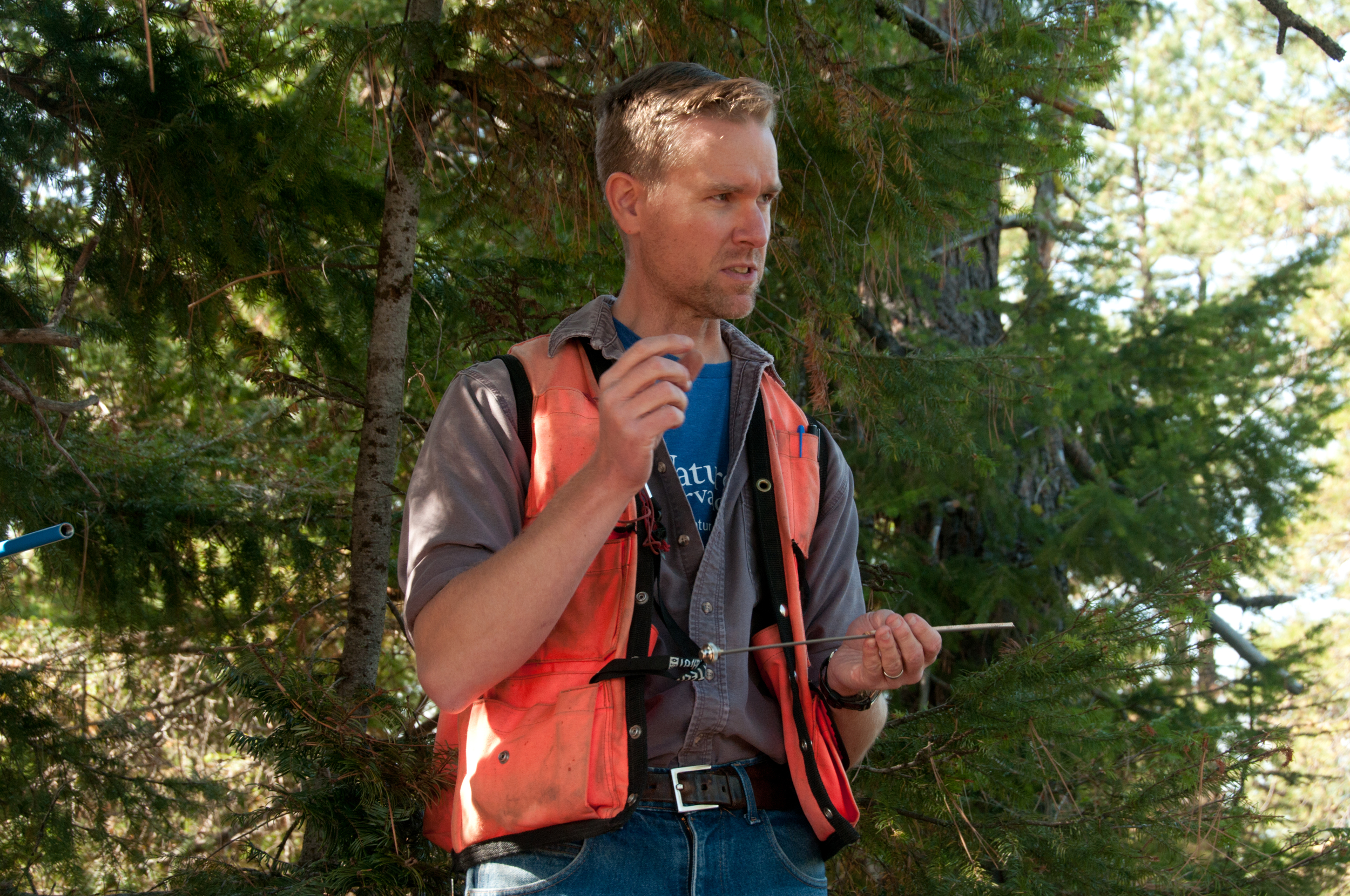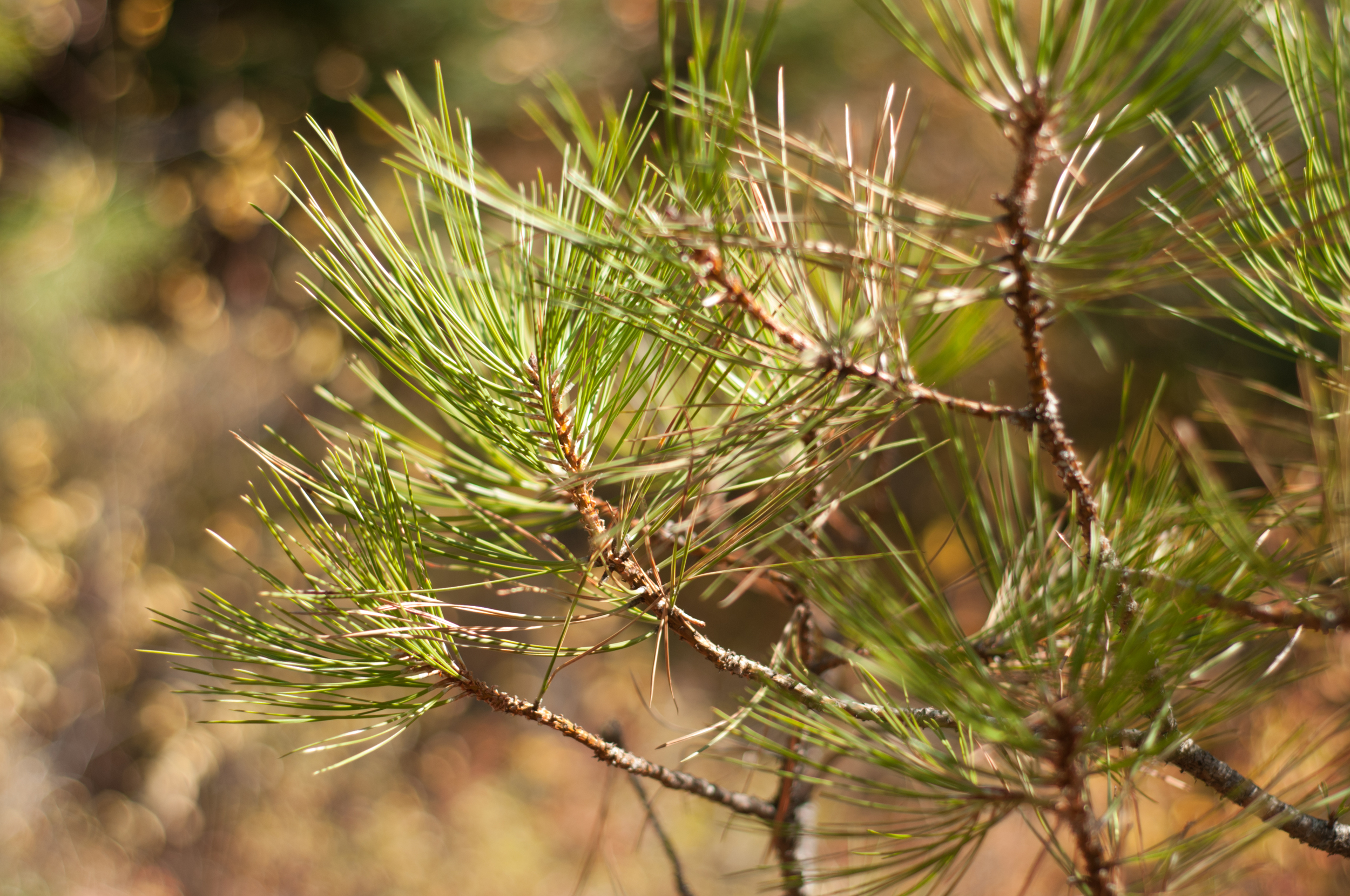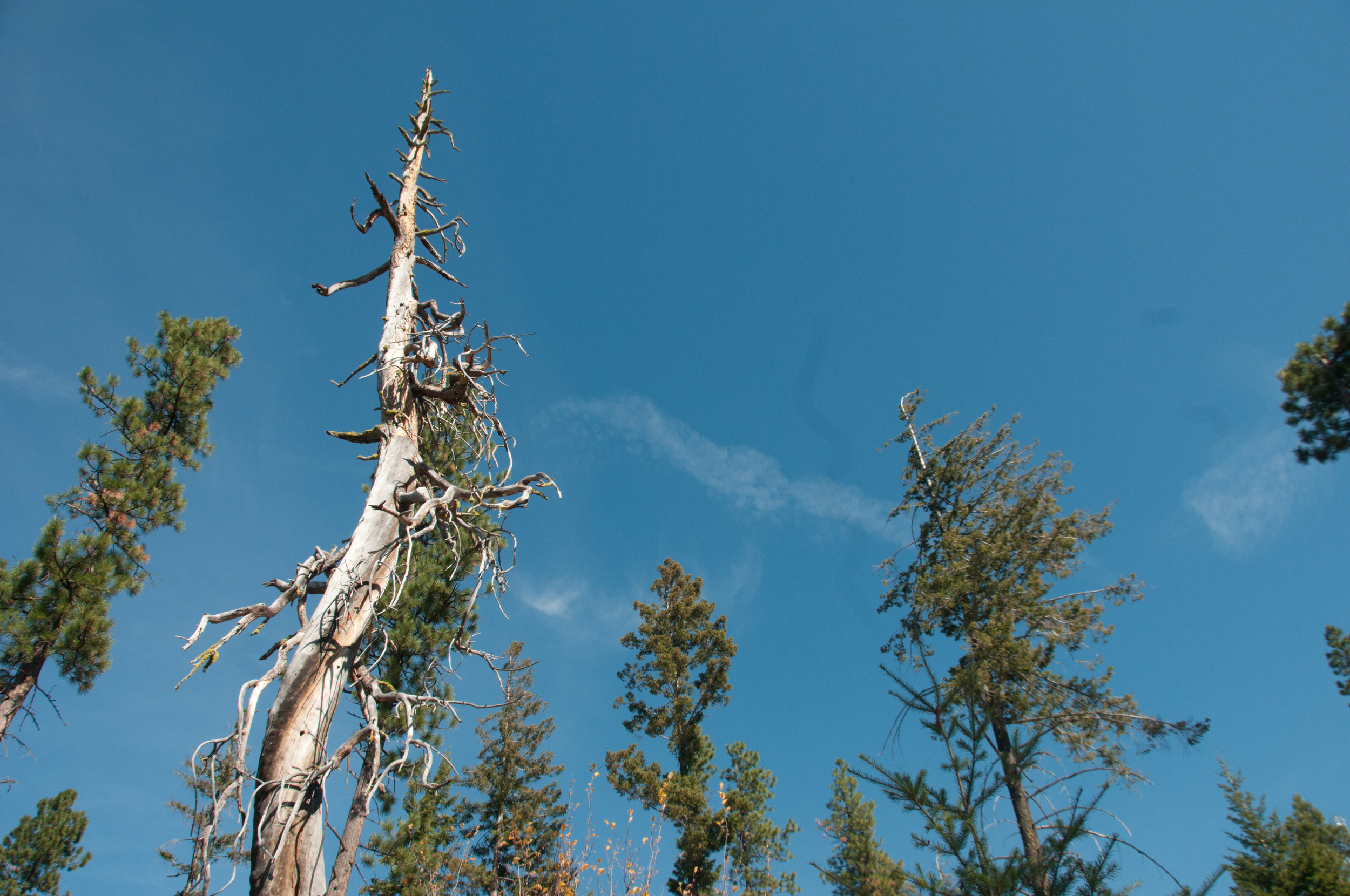Nestled in the mountains of the Central Cascades, the Teanaway Community Forest (50,241 acres) has been a conservation gem intended as a refuge for people as much as nature. In the past ten years, transformative restoration efforts including wildfire prevention and stream restoration have created a healthier forest that benefits people, wildlife, and the lands. There’s more work to be done.
No joke: Compromise on Eastern WA Water and Lands
Guest post by Nicky Pasi, Conservation Outreach Associate, American Rivers
Photographs by Keith Lazelle; Benj Drummond/LightHawk
There are so many proverbs, pithy quips and wry one-liners about western water conflicts, you could bind them up in a respectably thick book. But here’s a new one, less of a joke than it might seem:
“An irrigator, an environmentalist, and a tribal member walk into a Senator’s office … and the room doesn’t erupt?”
Question mark intentional. It’s an unexpected scenario, but it’s exactly how the people of the Yakima Basin have decided to address their many, often conflicting, demands on water.
- Since time immemorial, the Yakama Nation has gathered, fished, and hunted here, and retain the rights to do so today.
- Ours is the most agriculturally productive basin in Washington, generating about $4 billion in crops and jobs every year.
- The proximity of our mountains, rivers, trails and canyons to the densely populated Puget Sound makes the Yakima a popular destination for folks searching for connection with nature and the outdoors.
All of these needs – tribal, agricultural, recreational, environmental - are kept afloat by the Yakima River. And all are threatened by climate change.
Warmer winters and hotter summers empty our reservoirs, prevent snowpack from accumulating to refill them, and raise in-stream temperatures to dangerous highs. Drought threatens salmon and trout, while farmers let fields fallow and orchards die, and fires keep hikers out of the woods.
That’s a lot of struggling users, and in 2009, the groups advocating for each did something really extreme. They stopped throwing rocks (read: lawsuits) at one another. They came out from behind entrenched positions. They mapped out their needs, compared those against their wants, and went to work negotiating between the two.
The result was the Yakima Basin Integrated Plan, a compromise so broad and interwoven that Deputy Secretary of the Interior Michael Connor has called it “a model – not just for working through watershed challenges, but for any natural resources management [issues].”
These stakeholders – our irrigators, environmentalists, tribal leaders and management agencies- took their plan to Senator Maria Cantwell, who recognized the importance of such an unusual partnership. In 2015 she and Senator Patty Murray introduced legislation to provide federal authorization for the first decade of Yakima Plan projects.
Last November, the Yakima Bill unanimously passed out of the Senate Energy and Natural Resources Committee. In April, it was amended to the Senate Energy Policy Modernization Act of 2016 (also unanimously), which then passed out of the Senate by a vote of 85-12. As the Yakima Herald Editorial Board put it, “the success of [the Yakima Bill] so far speaks to the collaboration of the various stakeholders and the bipartisan cooperation of the state’s congressional delegation.” The Energy Bill now moves on to the House of Representatives, where Yakima Basin Representatives Reichert and Newhouse set the stage by introducing a companion Yakima Bill back in February.
So here’s the punch line, which isn’t actually a punch line at all, but rather the thread that ties the whole package together: cooperative compromise.
As with any compromise, there is give and take. No one gets 100% of what they want, but they’ve determined what they need, and where those needs overlap.
Because the plan recognized the needs of water users and eastern Washington county commissioners, these people backed environmental priorities of the Yakama Nation and an environmental coalition led by American Rivers, The Wilderness Society and Trout Unlimited.
On that front, we have protected 50,000 acres in the Teanaway, now Washington’s first Community Forest, complementing parallel forest conservation efforts of partners like The Nature Conservancy. In exchange for protective designations, private citizens keep access to wild areas and enjoy better management of facilities.
It’s a network as complicated and vital as the ecosystems we’re striving to protect, all moving forward on a consensus built on compromise.
That’s no joke, but it’s worth smiling about.
A Day in the Life of a Forester
Written by Brian Mize, Field Forester
Photographed by Hannah Letinich, Volunteer Northwest Photographer
My feet are cold and damp. My jeans are fighting my belt with the weight of water as I follow a line of faded pink flagging through the brush. It has been a historically dry year, and I’ve missed the sound of rain falling through trees.
It is a good day to be a forester.
I am scrambling down the hill toward Dingbat Creek, a tributary to the West Fork of the Teanaway River. This is a small piece of TNC’s Central Cascades acquisition in Kittitas County. The previous owner, Plum Creek, had identified this hillside of trees for harvest. They flagged the boundaries, buffered the streams, submitted a forest practice application, and named the project “Shaft” (not in homage to a famous 70’s detective, but a reference to a large air shaft that remains onsite, which allowed coal miners to breathe in the tunnels below).
Despite all the prep work, Plum Creek did not harvest this slope before the acquisition. That is why I’m here, soaking wet, observing the current condition of this forest, thinking about the future, and asking a simple question, “Should we intervene, or let it be?” Halfway down the hill, I answer this question for myself when I begin replacing the faded flagging with fresh replacements. I understand doing nothing is always an option, but I have worked in the woods long enough to see that thoughtful, pragmatic and farsighted managers can achieve Aldo Leopold’s assertion that “a thing is right when it tends to preserve the integrity, stability, and beauty of the biotic community.” Washington can have healthy, resilient forests that provide clean air, water and wildlife habitat. We can build sustainably vibrant rural economies that create jobs in the woods and mills. There is much work to be done, and I know TNC is committed to this vision. I’m proud to be a small part of it.







